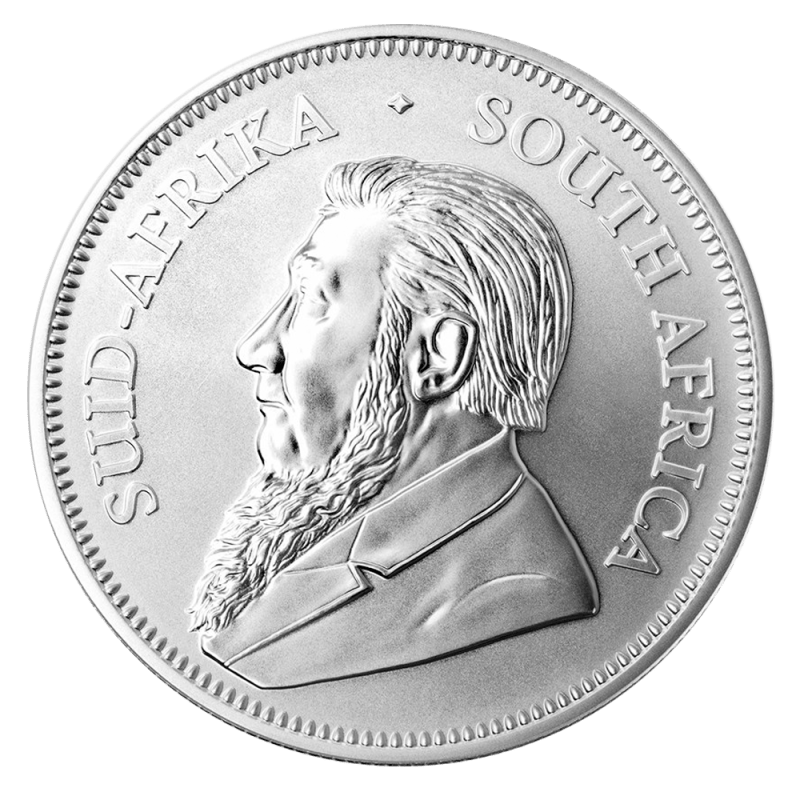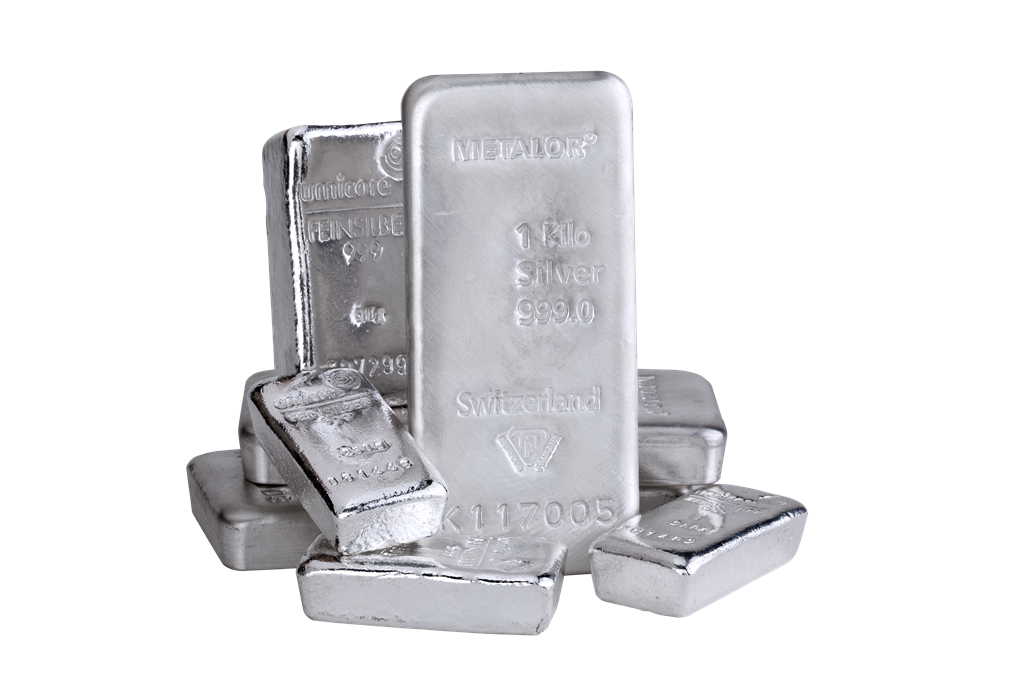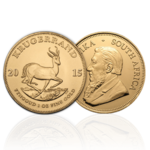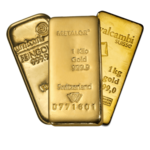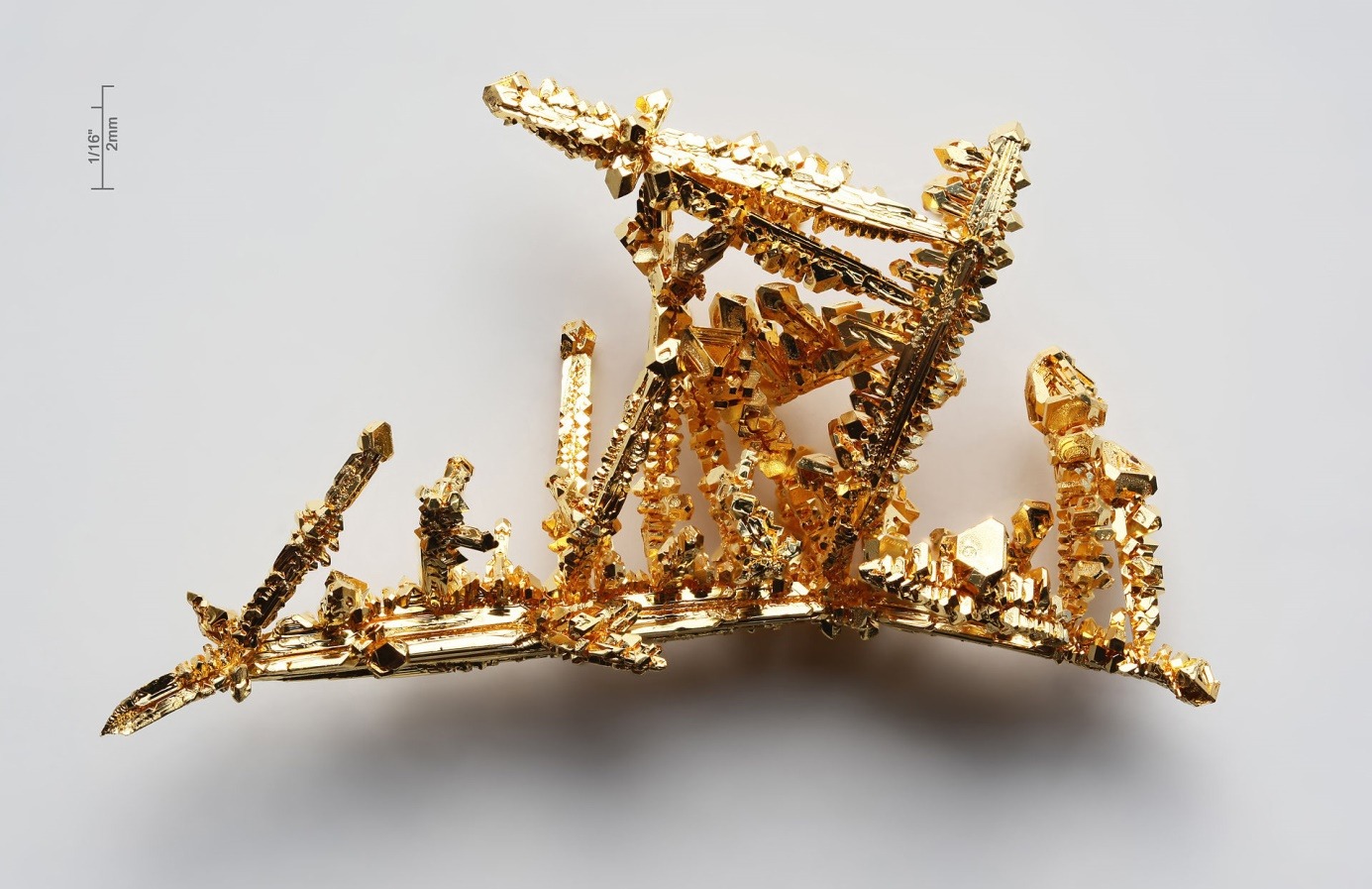
If gold is the precious metal it is today, and not silver, platinum, palladium or copper is because it was both early accessible and not plentiful for mankind, which made it a material that was used early on but also difficult to obtain.
Gold is not equally accessible across the globe, not only many regions lack of it, but also it isn’t as easy to exploit all deposits. In some cases, it’s there in form of nuggets buried sometimes under a few centimeters, sometimes under more than one hundred meter of dirt. And in other cases, the gold is present as tiny particles in water, rocks or mud. The cost to transform the vein of gold to fine usable gold use is completely different.
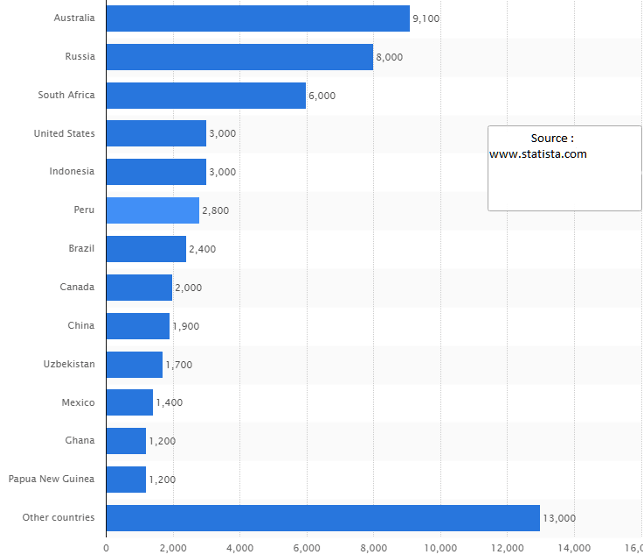
We can see in the chart above (gold reserve by country) that overall gold is fairly well distributed over the earth, even if there is none in some countries. And if we compare countries with large reserves of gold with the big gold producers (chart below), we note that it is not always those who have the greatest capacity that produce the most and vice versa. This is due to the accessibility of resources but also political will. China won’t continue to exploit its mines at this rate but Chinese couldn’t care less because the Chinese government wanted to quickly build large gold reserves.
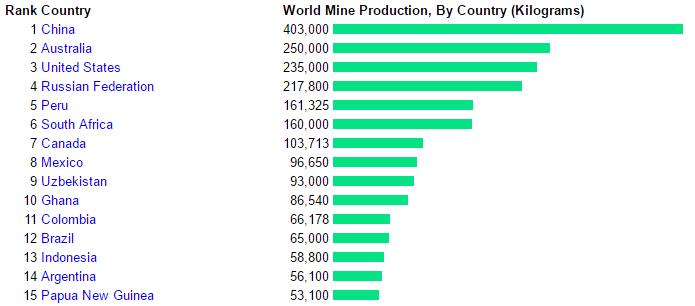
At this pace, China may have to import all his gold in the near future, as soon as 2020 if not earlier. But other reserves are used more sparingly, Russia should be able to provide new gold to the market for at least another 35 years, Australia 30 years … And that’s if you count the pace will be maintained, but it is more likely that the veins will become harder and harder to exploit.
In other words we are far from running out of fresh gold, and we must not forget that the recycling sector can be further developed. One third of the global supply is only made of old gold.
